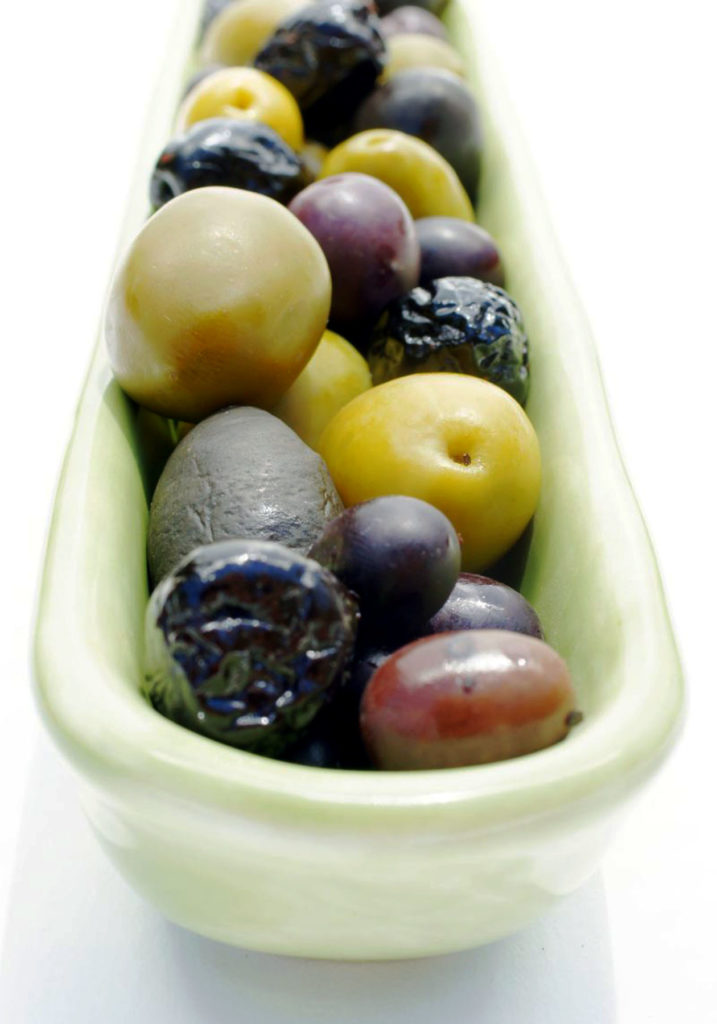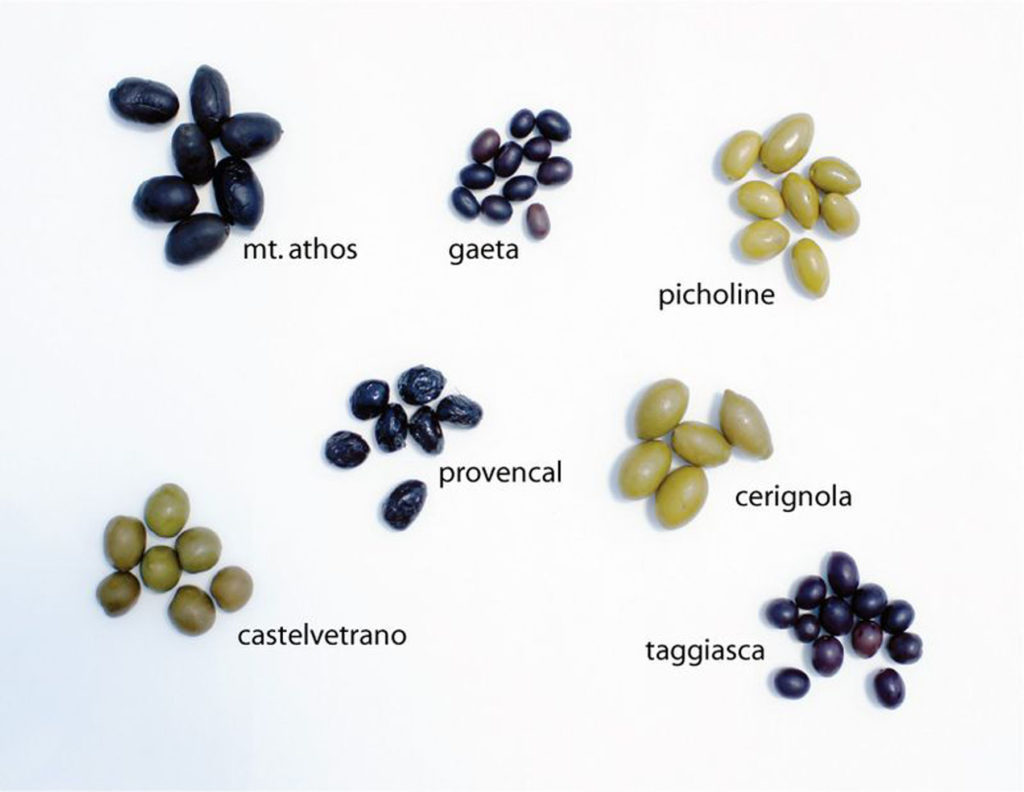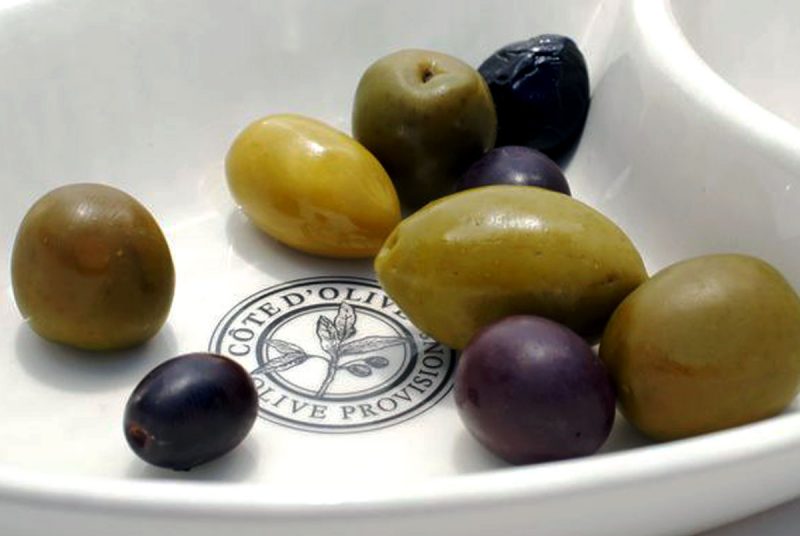Olives are a mainstay in our modern meals, but they have been gracing tables for centuries. Today we cover the basics of olives and share a few facts.
Olives are a fruit. They come from trees that are bountiful in specific places throughout the world. The climate plays an important part in the growth of the fruit. Because they are not tolerant of very cold weather, they mostly grow in parts of the Mediterranean and the Middle East. In America, they are farmed in California, but very few other places (except for a few spots in Texas) have the necessary conditions for production.
The trees, which are incredibly robust when grown under the right conditions, are cultivated for olive oil, fine wood, olive leaf, and the olive fruit. The root systems on the evergreen olive tree are very hearty and can regenerate even if the tree above the ground is damaged. A single tree has been know to live for over a thousand years.
savour… timeless flavor
OLIVES

There are several methods used for collecting the fruit. They are harvested in the autumn and winter. One such way to collect is by shaking the tree. Sometimes a device that looks something like an upside-down umbrella is placed under the tree and used to collect the olives as they fall. Another method is to use a machine that spins around quickly and removes the olives. Olives removed in this way are typically used for oil as they are more likely to get bumped and bruised. In places where the terrain does not permit for machines, the fruit is harvested by hand resulting in a non-bruised, superior product.
Olives are not eaten right from the tree as they are bitter and must be cured first. They are cured by way of lye, brine, salt, or freshwater curing. Flavorings are sometimes added including chili, lemon zest, herbs and spices, and garlic. Olives that are cured and submerged in oil or brine can often be stored with or without refrigeration.

There are many varieties of olives depending on region and maturity. Some of the more common are:
- manzanilla – Spanish
- kalamata – Greek
- picholine* – French
- nicoise – French
- gaeta* – Italian
- castelvetrano * – Italian
- lugano – Italian
- taggiasca * – Italian
- sevillano – Californian
- mt. athos * – Greek
- cerignola * – Italian
- provencal * – French
- *pictured here
One of the best ways to add the flavor of olives to your favorite sandwich or salad is a simple tapenade. Here is the recipe I use:
The ingredients:
- 1/2 pound of pitted olives (use a variety)
- 1 anchovy filet
- 1 clove garlic (minced or crushed)
- 1/2 teaspoon dijon mustard
- 1 teaspoon fresh thyme
- 1 tablespoon fresh parsley
- 1/4 teaspoon crushed red pepper flakes
- juice of half a lemon
- 1 teaspoon of vinegar
- 1/3 cup extra virgin olive oil
The method:
- Combine all ingredients in a food processor
- Pulse until coarsely pureed.
- Keep unused portion refrigerated.
More things to consider:
- Green olives are usually firmer than black olives.
- More olives are produced in Spain than anywhere else in the world.
- Olives are loaded with good fats and are a good source of vitamin E.
- Olives can become bitter if cooked too long. As a rule of thumb, add olives at the last minute to hot dishes.
- Olives come in different sizes ranging from small to super colossal.








